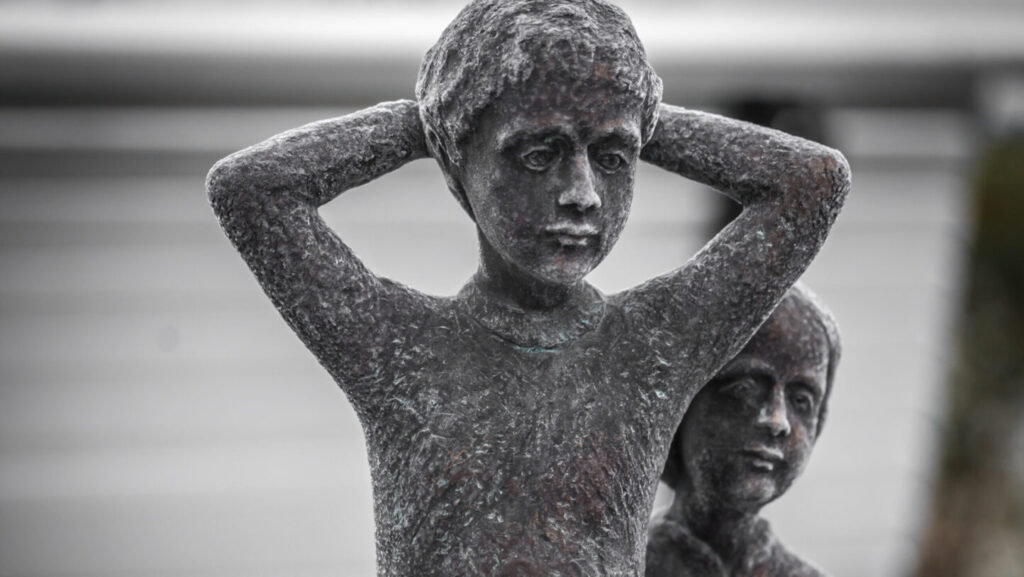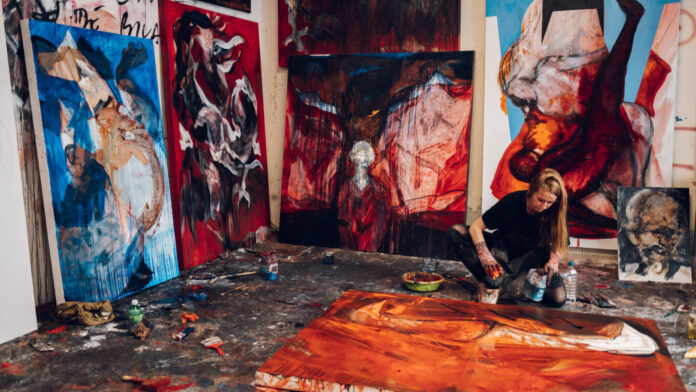By The Frontpage Journal
In a modest studio in Colombo, a young artist paints over a torn rupee note, layering it with the face of a child holding an empty rice bowl. In another part of the country, ceramic shards are arranged into a shattered map of Sri Lanka, glazed in red and black. These are not just expressions of personal emotion. They are deliberate, potent acts of protest. Across the island, a new generation of Sri Lankan artists is turning to visual media to confront injustice, question authority, and challenge the narratives that often go unspoken.
The tradition of using art as resistance is not new. But in today’s political and social climate, it has taken on renewed urgency. With rising costs of living, political instability, and climate anxieties gripping the nation, many artists are using brushes, clay, ink, and mixed media to create powerful statements on survival, resistance, and identity. Their studios are becoming battlegrounds of ideas, and their exhibitions places of quiet but forceful confrontation.
Among these voices is Isuri Ranasinghe, a 32-year-old painter whose recent series, Margins, explores the emotional toll of displacement and economic desperation. Her canvases, often rendered in muted tones, show faceless figures standing in long queues or staring out from cramped urban spaces. She says her work is inspired by the everyday struggles she sees around her. While her style is subtle, the message is clear: survival in today’s Sri Lanka is not only physical, but psychological.
Sculptor and installation artist Dineth Weerasekara works in a more confrontational mode. His exhibition State of Decayused found objects from abandoned protest sites—burnt posters, rubber slippers, cracked helmets—to construct human-sized figures in silent agony. The pieces were displayed in a darkened gallery where visitors walked among them, uncomfortably close. For Dineth, the gallery was not a place for polite admiration but a space for truth. He believes art should not offer escape but insight, no matter how uncomfortable.

Beyond urban galleries, social media has become an equally important platform for these artists. Many are posting their work on Instagram, YouTube, or independent digital collectives, gaining traction both locally and internationally. These platforms allow them to bypass traditional gatekeepers and reach younger, more engaged audiences. Some artists have received invitations to international residencies and virtual exhibitions, further amplifying their voice while remaining grounded in the Sri Lankan experience.
Climate change is another subject driving a wave of protest art. In coastal communities facing saltwater intrusion and disappearing fish stocks, artists like Hashini Liyanage have begun crafting installations using plastic waste collected from beaches. Her project Salt Line combines sculpture and documentary footage to highlight the vanishing livelihoods of fishing families. She says that while data and reports speak to policymakers, art speaks to everyone else. Her goal is not just to inform, but to stir empathy.
Themes of gender, ethnicity, and post-war identity also feature prominently in the work of many contemporary artists. Through bold portraiture, symbolic collage, and performance art, creators are questioning who gets to define Sri Lankan identity and whose voices remain silenced. Their work draws attention to what is left out of official histories and who bears the cost of silence.
This emerging movement is not without risk. Some artists have faced criticism, censorship, or social pushback for what is seen as provocative or politically sensitive content. But many are undeterred. They see their role not as agitators, but as mirrors. In a society that is still learning to reckon with its past and navigate its uncertain future, these artists are holding up a reflection—imperfect, raw, and necessary.
For Sri Lankan audiences, this new wave of protest art offers a chance to engage with difficult truths in a visual and emotional language. For foreign observers, it provides a window into the lived realities of a country often romanticized for its beaches and temples but rarely understood in its complexity.
Art, at its most powerful, does more than decorate walls. It questions, confronts, and refuses to look away. In the hands of Sri Lanka’s contemporary artists, it has become a quiet rebellion, a visual outcry, and a deeply human call for change.




